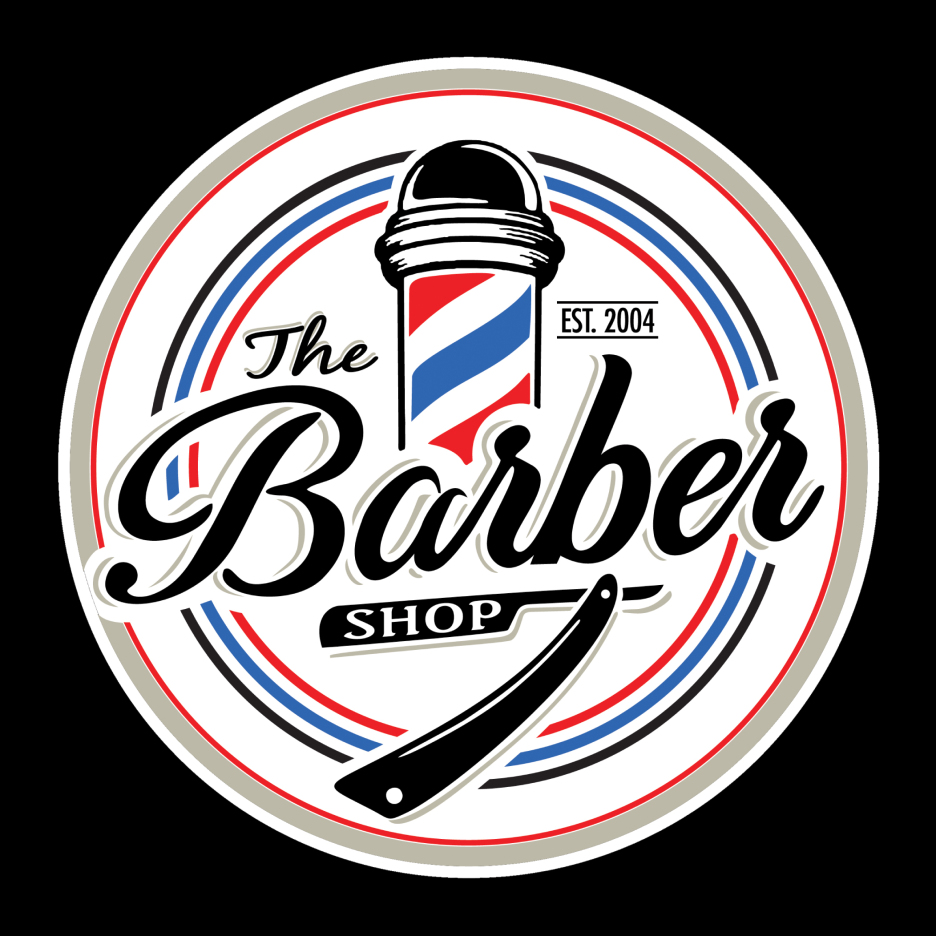Essential Hygiene Protocols Every Hairdresser Should Avoid to ensure Optimal Customer Safety
Essential Hygiene Protocols Every Hairdresser Should Avoid to ensure Optimal Customer Safety
Blog Article
Upholding proper hygiene remains crucial in all profession which involves personal contact among clients, particularly in the barber industry. Hairdressers play an integral role in assisting people look and become their finest, but this duty comes with the necessity for strict sanitary practices. In the interest of the safety of customers and barbers together, there are several critical sanitary practices that should be prevented. Understanding these measures may assist guarantee a sanitary and safe setting in barbershops.
One of the common frequent sanitation errors barbers should avoid is the recycling of personal grooming tools without proper sanitation. Tools such as shears, trimmers, and brushes can hold bacteria and viruses if they are not cleaned after each use. Barbers should always sanitize their instruments with suitable cleaners or cloths after clients. Failing to do so could result to the transmission of diseases, which can have grave implications for customers. Establishing a routine for cleaning and sanitizing tools is not just a best protocol; it is a vital aspect of maintaining a secure work environment.
Another practice to avoid is neglecting to wash hands consistently. Stylists engage with various clients in a single-day shift, and their skin can easily pick up germs and pathogens. It is crucial for stylists to wash their hands thoroughly with detergent and liquid prior to and following each client. Additionally, using skin disinfectant can be an efficient method to additionally reduce the spread of pathogens. Skipping this find out here now process can compromise client security and may lead in infections or ailments that could have been easily prevented.
Adequate cleanliness of the barber shop setting is also vital. Stylists should refrain from overlooking areas that are often handled, such as seats, work surfaces, and waiting area seats. These surfaces should be disinfected and sterilized frequently to reduce the likelihood of contamination. Establishing a disinfection schedule can help barbers maintain a hygienic environment. This practice not only safeguards customers but also improves the general atmosphere, allowing clients feel more comfortable and valued.
Moreover, stylists should refrain from utilizing items that have not been kept or managed properly. Hair items such as styling gels, hair sprays, and serums can turn contaminated if they are left unsealed or incorrectly stored. It is important for barbers to check use-by labels and to keep items in a chilly, dry environment. Discarding any expired or questionable items is vital to ensure client safety. Using tainted items can cause to dermal reactions or hypersensitivity responses, which can damage a barber's reputation and harm customers.
To conclude, stylists have a duty to copyright high levels of sanitation to ensure the safety and health of their customers. By preventing the reuse of unsterilized instruments, overlooking hand hygiene, overlooking environmental cleanliness, and using improperly stored items, stylists can create a safe this hyperlink and inviting environment. Understanding and implementing these critical hygiene practices not only protects clients from diseases but also cultivates trust and loyalty. A sanitary barber shop is a successful barbershop, in which both stylists and clients can feel assured and secure.